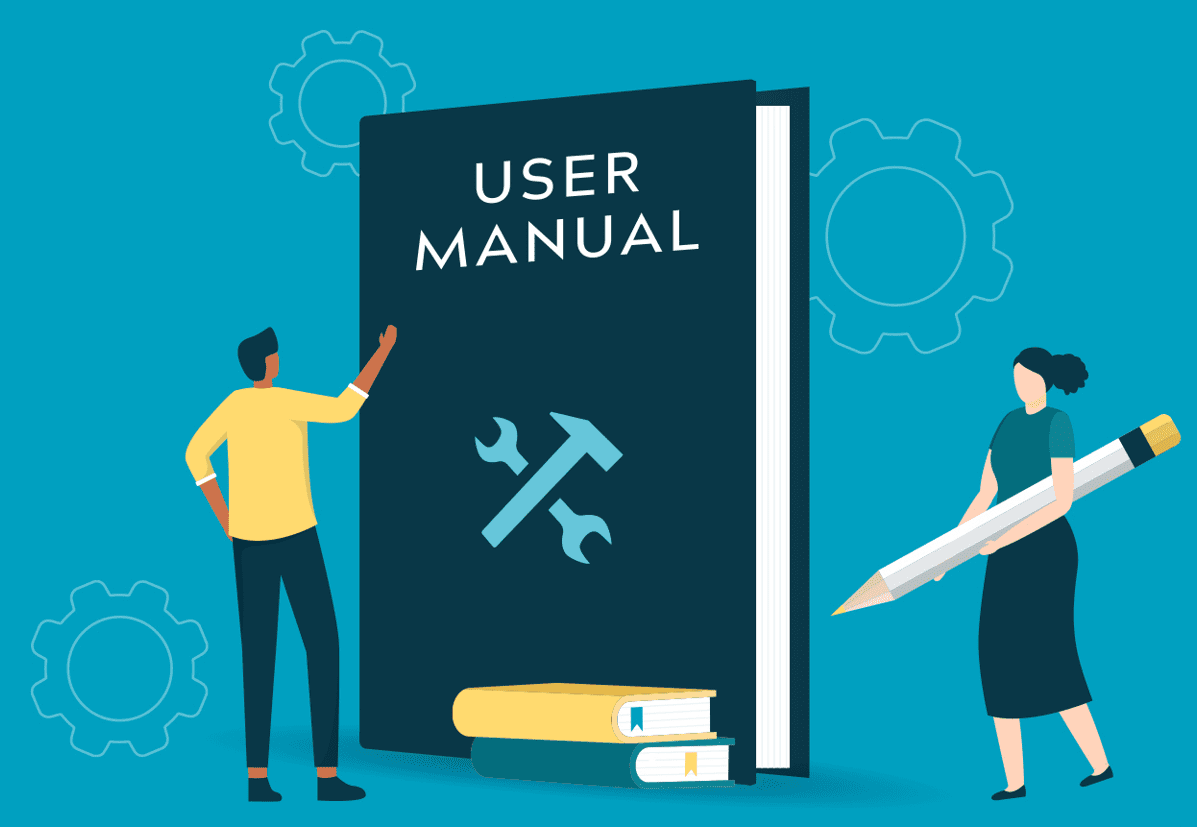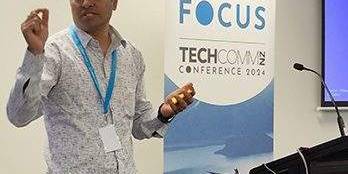Manage software documentation easily with a CCMS and authoring management platform
As software continues to grow in complexity and relevance to our day-to-day lives, the importance of crafting good software documentation cannot be overstated.
To some, writing and maintaining clear and concise documentation might feel more like a nuisance than a central part of the software development process. If that’s you, or if you’re just getting started in the field of software documentation, this article will illustrate some key basics.
In this post, we’re going to cover the following topics:
What is software documentation?
Software documentation is a type of technical writing that includes all of the material related to a software product’s development, use and functionality. This covers everything from source code to tutorials.
This kind of documentation serves as a guide for current users, future users and developers, as well as pre-sales vetting by potential buyers of a product. Proper software documentation must be carefully crafted and maintained to ensure maximum clarity and effectiveness.


Types of software documentation
There are two main categories of software documentation: process documentation and product documentation.
Process documentation
Process documents are intended to be used internally by people developing an organization’s product. They describe all of the processes that take place along a product’s journey: from early conceptualization to execution.
Process documentation can include documents such as:
- Working papers, with preliminary notes and ideas from developers and engineers
- Pre-development plans, such as schedules and cost estimates
- Progress reports, which help ensure that development is going according to plan
- Design standards, for maintaining consistency during the development phase
Product documentation
Product documentation includes all of the necessary details about a product, and can be used internally and/or externally.
Examples of product documentation are:
- ReadMe documents, which clearly communicate what the software does
- Source code, which contains the product’s code in a language such as HTML or Python
- Architecture and design documents, which outline the specific requirements needed to support the product’s design and architecture
- End user documentation, such as user manuals, guides and FAQs
How to write software documentation
Preparing software documentation correctly can seem daunting to newcomers, but even non-technical writers can create excellent documentation by following a few key steps:
1. Clarify the purpose and intended audience of the document.
Ask yourself who the end user of this document is supposed to be, and what question this document is intended to answer. Are you explaining how to run your app to a first-time user, or how to fix that app to a system administrator?
Included in this preliminary step should be a full accounting of your organization’s existing documentation on the intended topic. Do you need to write this document from scratch? Will your new document contradict a previous version still in circulation?
2. Figure out how much of the documentation should be in the program code.
In most cases, it’s easier for developers to update and maintain software documentation that’s built into a program’s source code. These can be included as searchable help files.
Certain programming languages have their own methods for documenting code, such as .NET and Java. Developers should defer to those standards when deciding how to approach this step.
3. Choose the right documentation tool.
If your software documentation is short and sweet (and separate from your product code), then you may get away with using a simple writing tool such as Microsoft Word. However, most technical writers prefer using authoring systems to create and maintain their documentation.
Powerful authoring systems such as Author-it make it much easier for technical writers to generate and finely control large amounts of content.
3 tips for updating software documentation
Keeping your software documentation up to date is an essential part of maintaining the viability of your product. Here are a few tips to streamline this process:
1. Make a schedule for reviewing documents and stick to it.
These deadlines should be specific to each type of document. Some documents may only need maintenance once a year, while others will need updates multiple times a month.
Build this routine maintenance into your organization’s calendar right away so that it never falls by the wayside.
2. Streamline the maintenance process as much as possible.
Long approval processes and disorganized content management systems are the bane of every technical writer. In order to maintain an efficient updating schedule, organizations should ensure that there are as few barriers as possible between writers and the edits they need to make.
3. Invest in a component content management system (CCMS).
Technical writers should never have to waste valuable time hunting down the content in need of updating. If the maintenance schedule says that it’s time to update File A, then an efficient organization must make File A easy to locate.
This is where component content management systems (CCMS) come in handy. For businesses that produce and maintain large amounts of documentation, there really is no alternative to the robust operational support that authoring platforms such as Author-it provide. By storing and managing documentation, workflows and translations all in one platform, writers can easily locate and edit files, greatly increasing the efficiency of regular updates.
An integrated review component provided by Author-it also helps in getting your content validated effectively by internal stakeholders.
Writing software documentation with component authoring
Component authoring simplifies the content creation, management and publishing processes by removing the need to sift through multiple versions of similar, siloed documents to make changes to content.
With component authoring, content is broken down automatically into granular pieces (called components), like building blocks. These pieces are then organized by topic and made easily searchable.
Imagine your software company has just been audited. As a result, a portion of the legal disclaimer in all your corporate content must be updated, including your software documentation. In the old way of doing things, someone on your team would have to hunt down each piece of content and make the changes manually. This is highly inefficient and risky, opening the door to inconsistencies and expensive compliance mistakes.
With component authoring, this cumbersome task can be entirely bypassed. All you need to do is change the “master” piece of content that contains the outdated legal disclaimer, and your change will be published to every output in a single click. It’s that simple!
To learn more about how component authoring can streamline your software documentation process, contact Author-it’s team of experts or request a demo.





